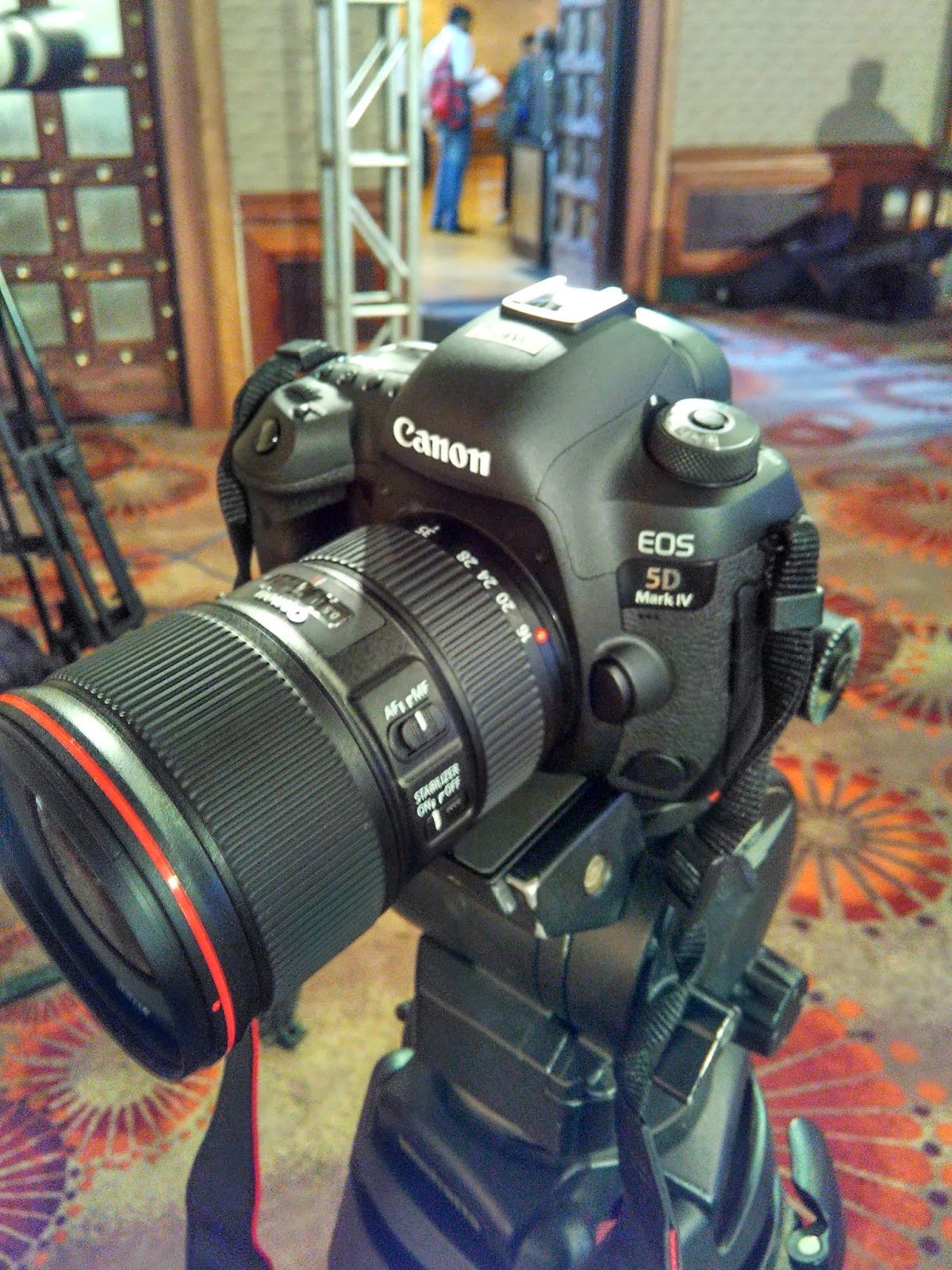
- #Canon eos r vs canon 5d mark iv manual
- #Canon eos r vs canon 5d mark iv upgrade
- #Canon eos r vs canon 5d mark iv plus
- #Canon eos r vs canon 5d mark iv series
With the sensor and processor, the camera now captures seven frames per second (fps) in the high-speed continuous setting, versus six fps for the Mark III – despite the significant increase in resolution.
#Canon eos r vs canon 5d mark iv upgrade
The Mark IV also gets Canon’s latest Digic 6+ image processor, an upgrade from the Digic 5+ in the Mark III. The 5D Mark IV is one of the few cameras with both studio-quality resolution and sports-ready speed. No, it’s not the extreme resolution of the 50-megapixel EOS 5DS and 5DS R, but it’s more than enough for most applications. With files this large you can crop them to your heart’s content or make massive prints. Among the most important is resolution: a switch to a 30.4-megapixel full-frame sensor from the 22.3-megapixel used in the Mark III. The EOS 5D Mark IV improves upon its predecessor in a number of ways – some dramatic and others evolutionary. On the left you’ll find HDMI and USB 3.0 ports alongside headphone and microphone jacks. The camera works efficiently with Canon’s new much-improved Camera Connect mobile app.
#Canon eos r vs canon 5d mark iv plus
On the plus side, there’s an NFC tag here to sync with a compatible smartphone or tablet, in addition to Wi-Fi connectivity and GPS for location tracking. The CF format is growing long in the tooth, but this is just another example of Canon shying away from new technologies in the early stages of its development strategy. There’s nothing radical here, such as the XQD card support of top-end Nikons or CFast 2.0 on Canon’s 1D X Mark II, but at least current 5D Mark III owners won’t need to invest in any new cards. On the right side is a dual-slot compartment for one CompactFlash (CF) and one SD card. The 1.62-million-dot resolution looks great and colors are accurate, but it would have been nice if the screen could tilt or flip out. The viewfinder is big and bright, while the monitor is touch-enabled for improved control over a variety of features, including moving the active focus point with the swipe of a finger. On the back are the optical viewfinder and a fixed 3.2-inch LCD screen for Live View, playback, and menu adjustments. Current 5D-series users will find the layout familiar, while newbies will be up and running in no time. Combined with all the other buttons and dials on the back, almost every parameter is easily adjustable without going into onscreen menus. Near the grip you’ll find the shutter, jog wheel, and a Multifunction key for changing autofocus area and other options. The White Balance, Drive/AF, and Exposure Compensation/ISO buttons are all nearby – clearly labeled and designed for easy access when holding the camera in shooting position. On the top right is a large LCD that allows you to quickly check your settings. As with previous 5D-series cameras, the Mark IV does not have a built-in flash – not a big loss for advanced users, but it might take some getting used to for step-up users.

#Canon eos r vs canon 5d mark iv manual
On the top of the camera is a locking mode dial with nine options including the standard assortment of automatic and manual exposure modes, plus three custom settings. Of course, body weight is a moot point after you attach a heavy lens, but you can keep things light when using a compact prime lens. With 30.4 megapixels, you can crop to your heart’s content or make massive prints.Īs for weight, the Mark IV is slightly lighter than the Mark III, at 31.4 ounces versus 33.5, respectively.

#Canon eos r vs canon 5d mark iv series
If you’re stepping up from the entry-level Rebel series you’ll notice the size difference. It is a big and bulky camera, but, for a full-frame camera, it is actually very comfortable with a well-balanced feel – even with our test lens attached, the rather long Canon EF 24-105mm f/4 IS II USM stabilized zoom. The EOS 5D Mark IV looks very similar to the Mark III: an all-black body (5.9 x 4.6 x 3 inches) with a faux-leather texture surface and a substantial grip. So, was it worth the wait? This excellent performer will dazzle those looking for a versatile DSLR, particularly Canon users stepping up to their first full-frame camera, but video pros may be left wanting more. It also has a souped-up sensor and image processor. The 5D-series finally gets 4K video capture, as well as Canon’s highly praised Dual Pixel AF technology for fast video focusing.

Although Canon’s slow-and-steady approach to innovation is nothing new, the Mark IV has been a long time coming – four years after its successor, the EOS 5D Mark III, which is long even by Canon’s standards. The new EOS 5D Mark IV ($3,499, body only) is no different, the latest iteration of the much-loved, full-frame 5D-series. After all, it’s the number-one seller of interchangeable lens cameras. Canon may not always be the first to introduce the latest in camera tech, but it’s good at one thing: steadily turning out products that do what they’re supposed to, which is to take good photos and videos.


 0 kommentar(er)
0 kommentar(er)
